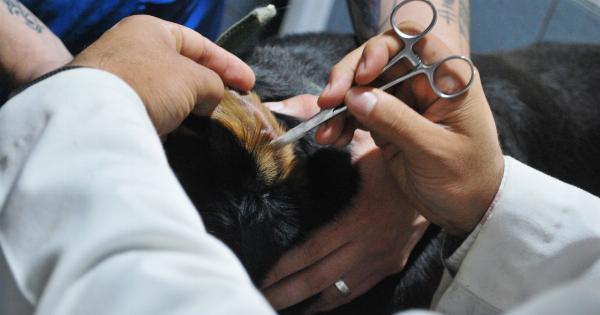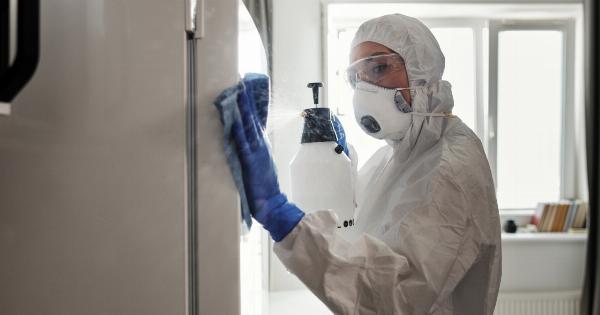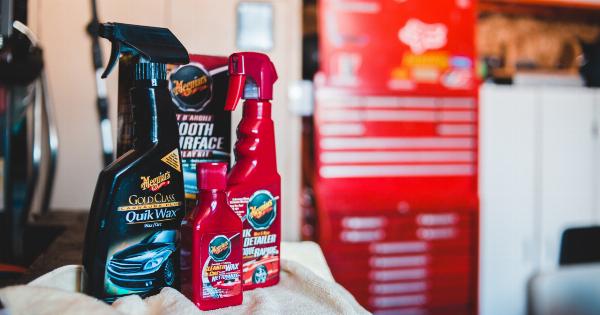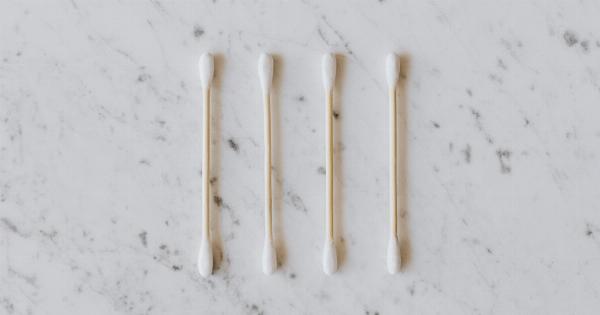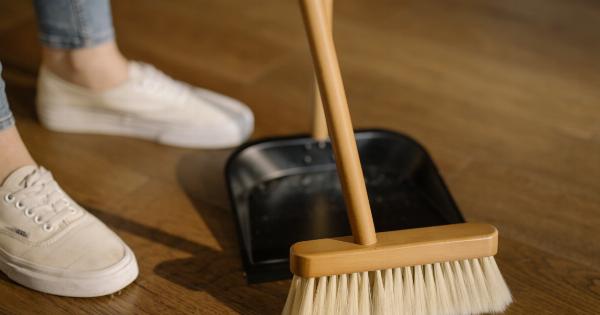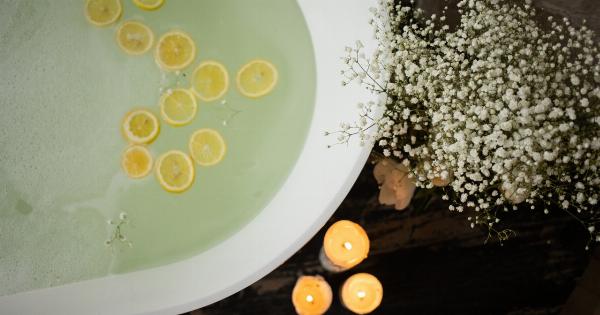Cleaning your ears is an essential part of personal hygiene. However, it is important to clean them in a safe and gentle manner to avoid any damage or infection.
In this article, we will discuss some safe methods to clean your ears and provide you with tips to maintain ear health.
Why Do You Need to Clean Your Ears?
Earwax, scientifically known as cerumen, is produced by the glands in your ears to keep the ear canal moisturized and prevent dust, debris, and bacteria from entering.
However, excess earwax can build up and block the ear canal, leading to discomfort, hearing loss, and even ear infections. Regular cleaning can help prevent such issues and promote overall ear health.
1. Use Warm Water
A safe and effective method to clean your ears is by using warm water. You can start by soaking a clean cloth in warm water and gently wiping the outer part of your ears. Avoid pushing the cloth deep into the ear canal as it can cause damage.
This method is suitable for removing excess earwax from the outer ear.
2. Salt-Water Solution
If you experience discomfort due to excessive earwax, you can try using a salt-water solution. Mix half a teaspoon of salt in half a cup of warm water and stir until it dissolves.
Using a clean dropper, put a few drops of the solution into your ear and tilt your head to let it flow in. Maintain this position for a few minutes and then tilt your head to drain the liquid out. This method can help soften earwax and facilitate its removal.
3. Hydrogen Peroxide
Another safe option for ear cleaning is using hydrogen peroxide. Dilute the hydrogen peroxide with an equal amount of water to reduce its strength. Lay on your side and use a dropper to put a few drops in your ear.
Stay in this position for a few minutes to allow the solution to reach the earwax. Then, tilt your head to drain the liquid out, and gently clean the outer ear with a cloth to remove any residue.
4. Earwax Removal Kits
Over-the-counter earwax removal kits can also be used but should be used with caution. These kits usually contain drops or solutions that soften the earwax, and tools like a bulb syringe or an earwax scoop to remove it.
Follow the instructions carefully and avoid inserting these tools too deep into your ear. It is recommended to consult a healthcare professional before using such kits.
5. Consult a Healthcare Professional
If you are experiencing excessive earwax buildup, severe discomfort, or any signs of infection, it is advisable to consult a healthcare professional.
They will be able to examine your ears and, if necessary, provide professional cleaning using specialized tools and techniques. This is especially important if you have a history of ear problems or have undergone ear surgeries in the past.
Tips for Maintaining Ear Health
In addition to cleaning your ears, there are several tips you can follow to maintain overall ear health. Here are some important ones:.
1. Avoid Using Cotton Swabs
Using cotton swabs or any other small objects to clean your ears can do more harm than good. Inserting them into the ear canal can push the earwax deeper, leading to blockages and potential injuries.
Stick to cleaning the outer part of your ears and let the earwax naturally make its way out of the canal.
2. Protect Your Ears
When engaging in activities that can expose your ears to loud noises, such as concerts or machinery work, make sure to use earplugs or earmuffs to protect your ears from potential damage.
Prolonged exposure to loud sounds can result in hearing loss and other complications.
3. Dry Your Ears Properly
After swimming or taking a shower, ensure that you dry your ears properly. Tilt your head to each side and gently pull your earlobe to allow any water trapped in the ear canal to drain out.
Excess moisture can create a favorable environment for bacteria to grow and cause infections.
4. Avoid Using Harmful Ear Cleaning Methods
Avoid using any harsh or potentially harmful methods to clean your ears, such as inserting sharp objects, ear candles, or excessive use of ear drops. These methods can cause injuries, burns, or aggravate existing problems.
Conclusion
Proper ear cleaning is crucial for maintaining ear health and preventing discomfort or complications.
By following safe and gentle methods like using warm water, salt-water solutions, hydrogen peroxide, or earwax removal kits with caution, you can effectively clean your ears. However, it is important to remember that if you experience excessive earwax buildup or severe discomfort, consulting a healthcare professional is always advisable.

